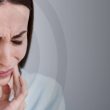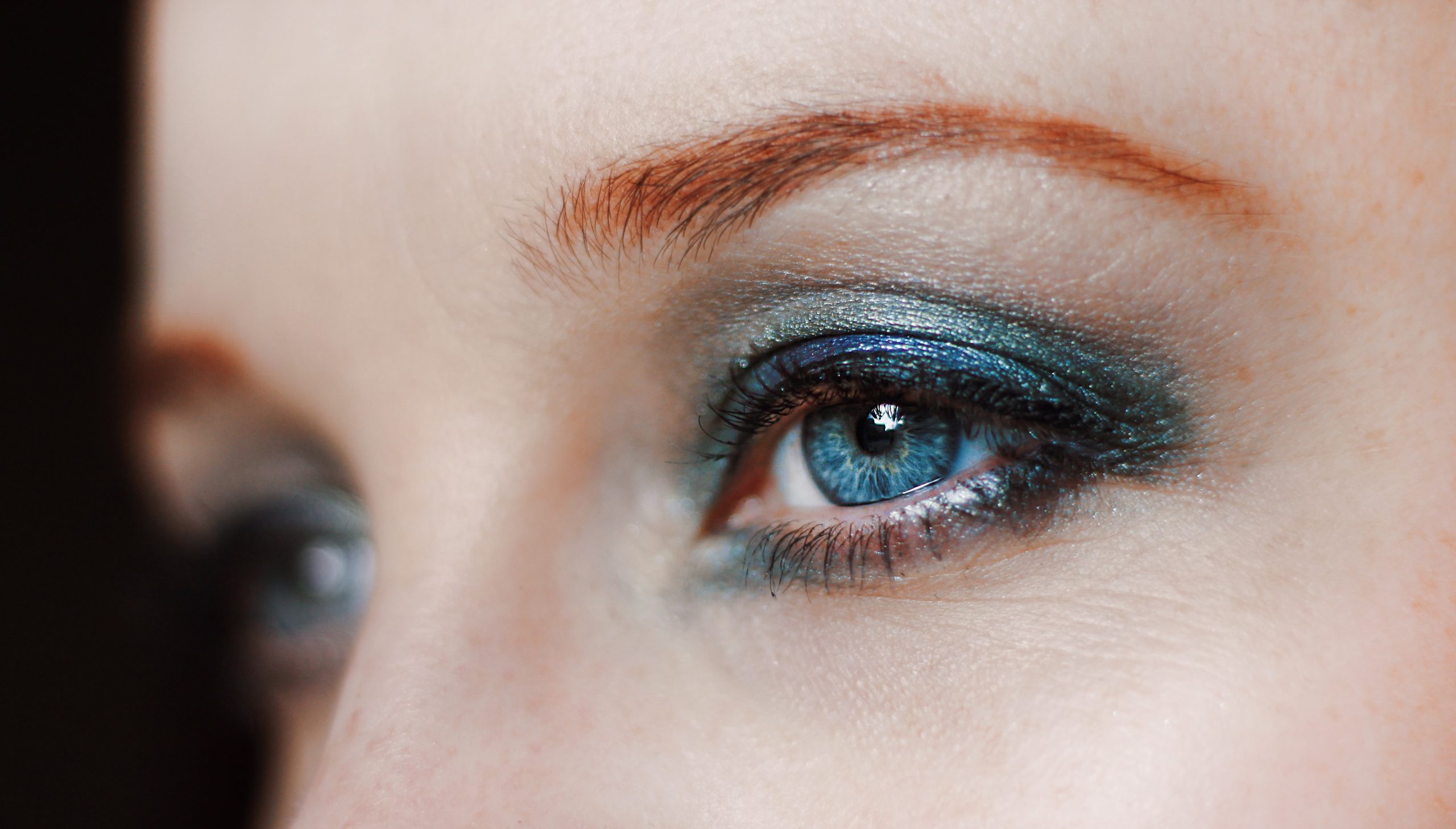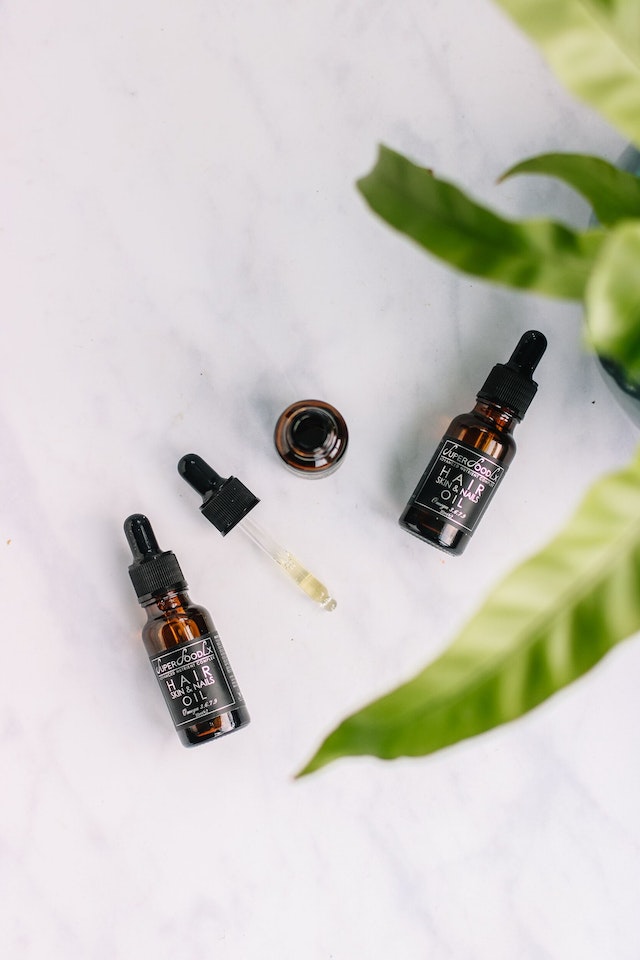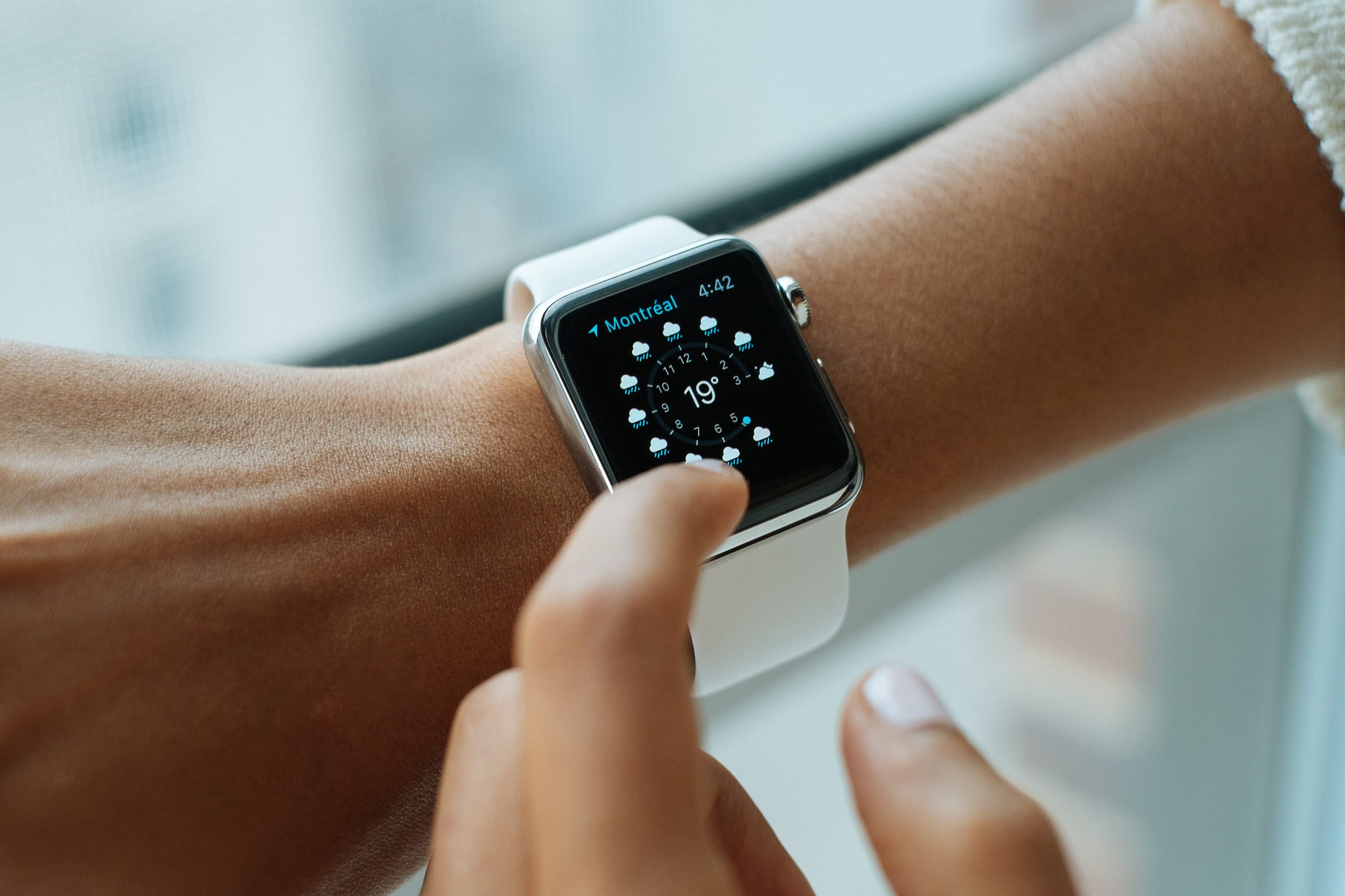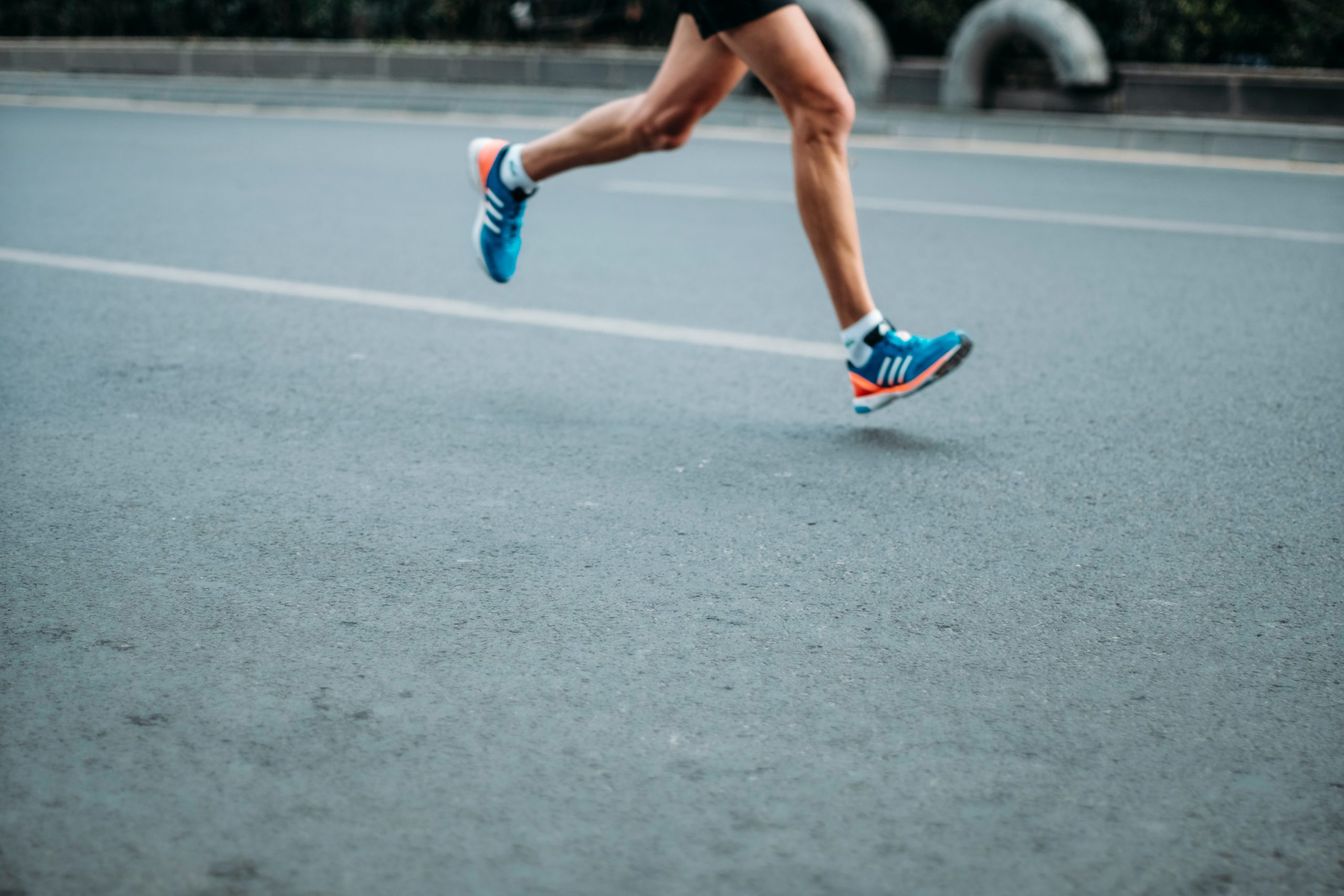Introduction:
In the world of beauty, eye shadow has long been a beloved tool for enhancing one’s appearance and expressing personal style. However, beneath the allure and glamour lies a lesser-known truth: eye shadow can sometimes have unintended emotional consequences. In this article, we delve into the hidden emotional distress that can be caused by eye shadow use, shedding light on the impact it can have on individuals’ well-being and self-perception.
1. Unrealistic Beauty Standards: Chasing Perfection
Eye shadow, like other cosmetics, plays a role in perpetuating unrealistic beauty standards. Advertisements and social media often showcase flawless models with perfectly blended eye shadow, creating an unattainable ideal. As individuals strive to replicate these standards, they can experience feelings of inadequacy and self-doubt when their own skills and results fall short. The constant pursuit of perfection can take a toll on one’s emotional well-being, leading to heightened stress and dissatisfaction.
2. Comparison and Self-Comparison: The Envy Effect
Eye shadow trends and techniques showcased on social media platforms can trigger a harmful cycle of comparison. Users may find themselves constantly comparing their own skills, looks, and creativity to those of influencers and peers. The pressure to measure up can fuel feelings of envy, inadequacy, and low self-esteem. The constant exposure to curated images of seemingly flawless eye shadow looks can lead to a distorted perception of one’s own beauty, ultimately causing emotional distress.
3. Performance Anxiety: The Fear of Imperfection
For some individuals, applying eye shadow can become a source of performance anxiety. The fear of making mistakes, creating a less-than-perfect look, or receiving negative feedback can generate immense pressure and stress. The desire to meet self-imposed standards or the expectations of others can take away the joy and creativity that should accompany the application of eye shadow. This anxiety can erode confidence and hinder self-expression, turning a once-enjoyable activity into a source of emotional distress.
4. Negative Feedback and Cyberbullying: The Dark Side of Social Media
In the age of social media, the use of eye shadow opens individuals up to potential negative feedback and cyberbullying. When sharing eye shadow looks online, individuals may become targets of hurtful comments, criticism, or even bullying. The impact of these negative interactions can be significant, leading to feelings of shame, embarrassment, and self-doubt. The emotional toll of cyberbullying can extend beyond the digital realm, affecting one’s overall well-being and self-image.
5. Empowerment and Self-Expression: Redefining Beauty
While eye shadow can have its emotional challenges, it also possesses the potential for empowerment and self-expression. By redefining beauty standards, embracing diversity, and celebrating individuality, eye shadow can become a tool for positive self-image and creativity. Emphasizing self-acceptance, self-love, and authenticity can help individuals find joy in experimenting with eye shadow without succumbing to the emotional distress often associated with it.
Conclusion:
Eye shadow, once viewed as a simple cosmetic, can carry emotional consequences that are often overlooked. Unrealistic beauty standards, comparison, performance anxiety, negative feedback, and cyberbullying can all contribute to emotional distress associated with eye shadow use. However, by promoting self-acceptance, embracing individuality, and redefining beauty norms, we can transform eye shadow into a tool of empowerment and self-expression. It is crucial to recognize the potential emotional impact and prioritize mental well-being when engaging in the world of beauty.



